Like so many people associated with the restaurant world, William Sitwell’s life changed beyond recognition when the pandemic hit last spring. One of the UK’s eminent food critics, he was left wondering what the future of the restaurant world would be, as well as looking back on how eating out has evolved over the decades and centuries that precede us.
Burgundy on a Budget
by William Kelley
from Robert Parker The Wine Advocate
By many metrics, Burgundy is enjoying unprecedented success. Dominating any list of the world’s most expensive wines, the region produces some of the most coveted and costly beverages on the planet. What’s more, Burgundy’s animating philosophy of terroir—the notion that the precise place a wine comes from exercises a defining influence on its taste—has come to dominate contemporary wine culture. Other regions that used to talk about châteaux, brands and grape varieties now talk about terroir, parsing the nuances of their vineyards’ expositions, altitudes, geologies and drainage in minute, Burgundy-inspired detail. Indeed, it’s precisely because of the region’s deep intellectual interest—as well as the unrivalled sensuality of its wines—that wine lovers used to say that “all roads lead to Burgundy”. Sooner or later, everyone catches the Burgundy bug.
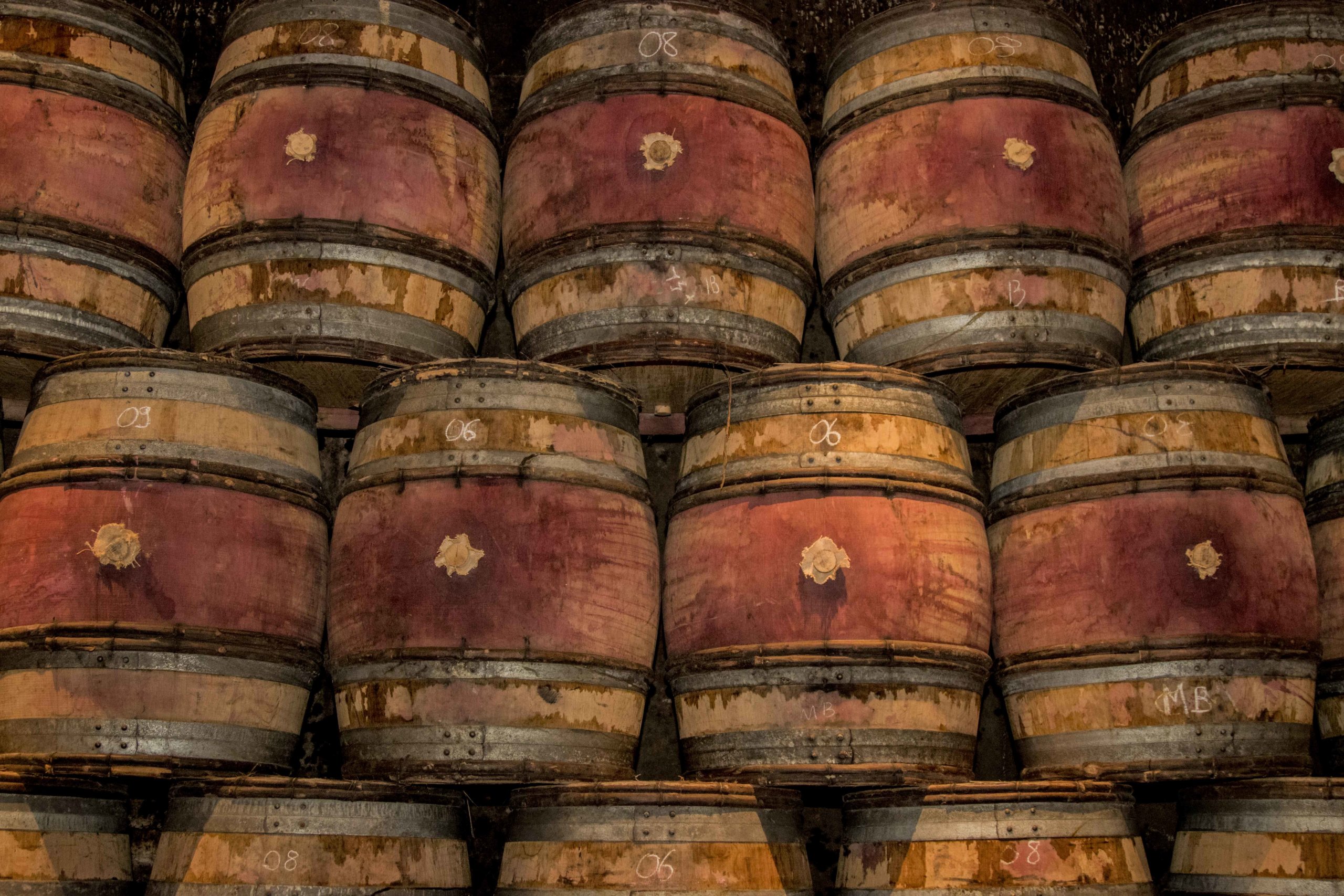
Yet as Burgundy’s greatest wines have taken on cult status, they’ve also become less and less accessible. That’s partly a problem of supply. If a big Champagne house’s production is numbered in the millions of bottles and a Bordeaux château’s in the hundreds of thousands, in Burgundy, anything more than ten thousand bottles is big. The smallest cuvée I review every year amounts to only eighty liters: not much to satisfy a big, thirsty world. This shortage of quantity is compounded by rampant speculation: wines once bought to drink are now traded as investments, driving up prices even further. If prices at the cellar door still remain surprisingly reasonable, anyone looking to get acquainted with Burgundy’s most celebrated wines overseas had better be decidedly well-heeled. And if the region’s flagship bottles are now beyond the means of most young wine lovers, for how much longer can all roads lead to Burgundy?
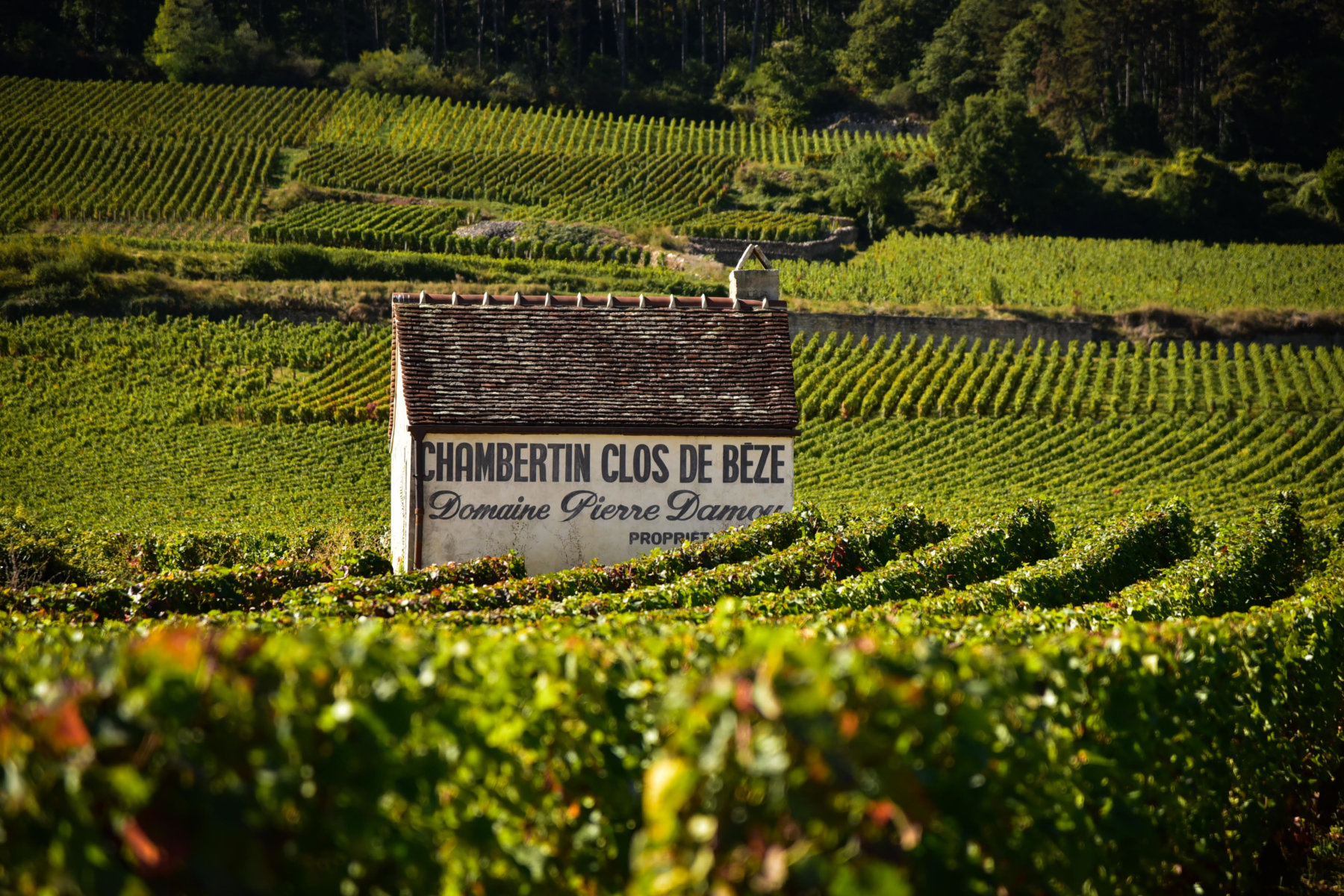
It’s here where Burgundy’s sometimes rather suffocating hierarchy of appellations can work in consumers’ favor. Since time immemorial, Burgundians have debated the merits of different vineyards, and the results of this long interrogation were enshrined in law in the first half of the twentieth century. Today, every square meter of vineyard land in Burgundy is classified and regulated. At the top of the pyramid are the grands crus, amounting to just a couple of per cent of the total surface area planted to vines in Burgundy and favored with optimal attributes for ripening grapes. Next come premiers crus, then communal appellations, and then humble regional wines. Different sub-regions and villages have differing reputations, with the most prestigious dotted along a 50-mile southeast-facing limestone escarpment known as the Côte d’Or: think of villages with names like Puligny-Montrachet and Chambolle-Musigny.
Of course, there is a material basis for this hierarchy: some sites really are better than others. But its origins are also cultural and political. In the past, powerful merchants were happy to buy good but inexpensive from less famous villages and sell it under a more prestigious name, often after some judicious blending to “improve” it. Nor does a classification solidified before and during the Second World War necessarily reflect the realities of today’s climate: vineyards where grapes struggled to ripen twenty years ago are thriving today. In the past, hierarchy was often destiny: lesser vineyards weren’t farmed as well, nor were their grapes lavished with the same care as their more prestigious neighbors’. But today, more and more producers are breaking glass ceilings to show just what these so-called “lesser” appellations can do. It’s exciting to imagine a more meritocratic Burgundy, where it’s not appellation hierarchy that defines a wine’s worth, but rather the care with which it was grown and made. Given the escalating prices of Burgundy’s grandest grands crus, the rewards of looking further afield have never been greater. These five producers are some of my favorites.
Gabin et Félix Richoux
Irancy’s northerly location might seem at odds with the rich, hearty style of its wines, but this picturesque village (where vines vie with cherry orchards) is surrounded by an amphitheater of hills that trap warmth, and Pinot Noir is supplemented by small percentages of another grape, the intensely pigmented César, said to have been brought to the region by the Romans. Father Thierry Richoux is gradually handing over the reins to his sons, Gabin and Felix, and they produce exceptional wines from certified organic vineyards. Combining perfume, depth of fruit and structural refinement in an appellation that can sometimes be rustic, the Richoux family’s lovely Burgundies are well worth seeking out.
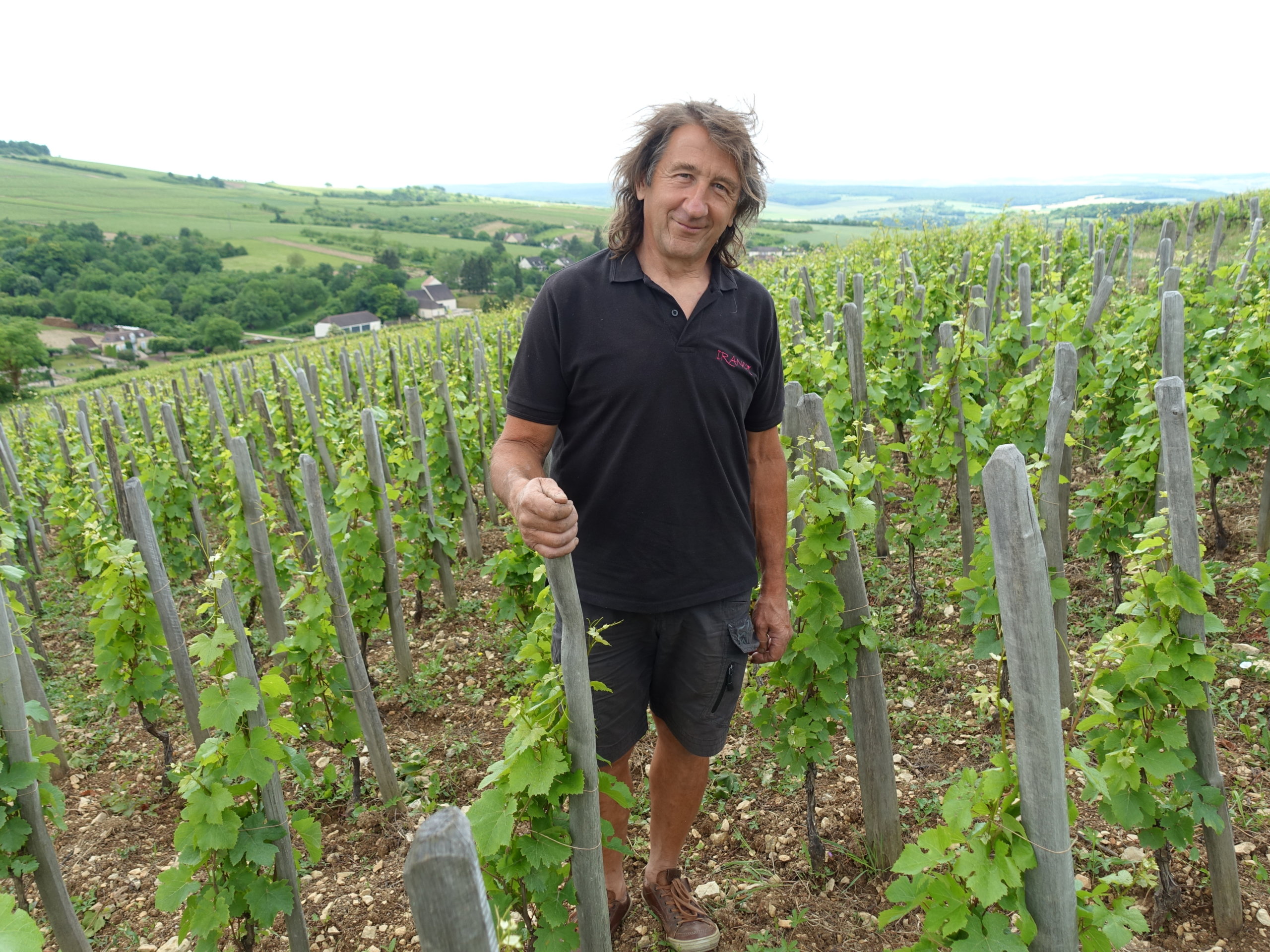
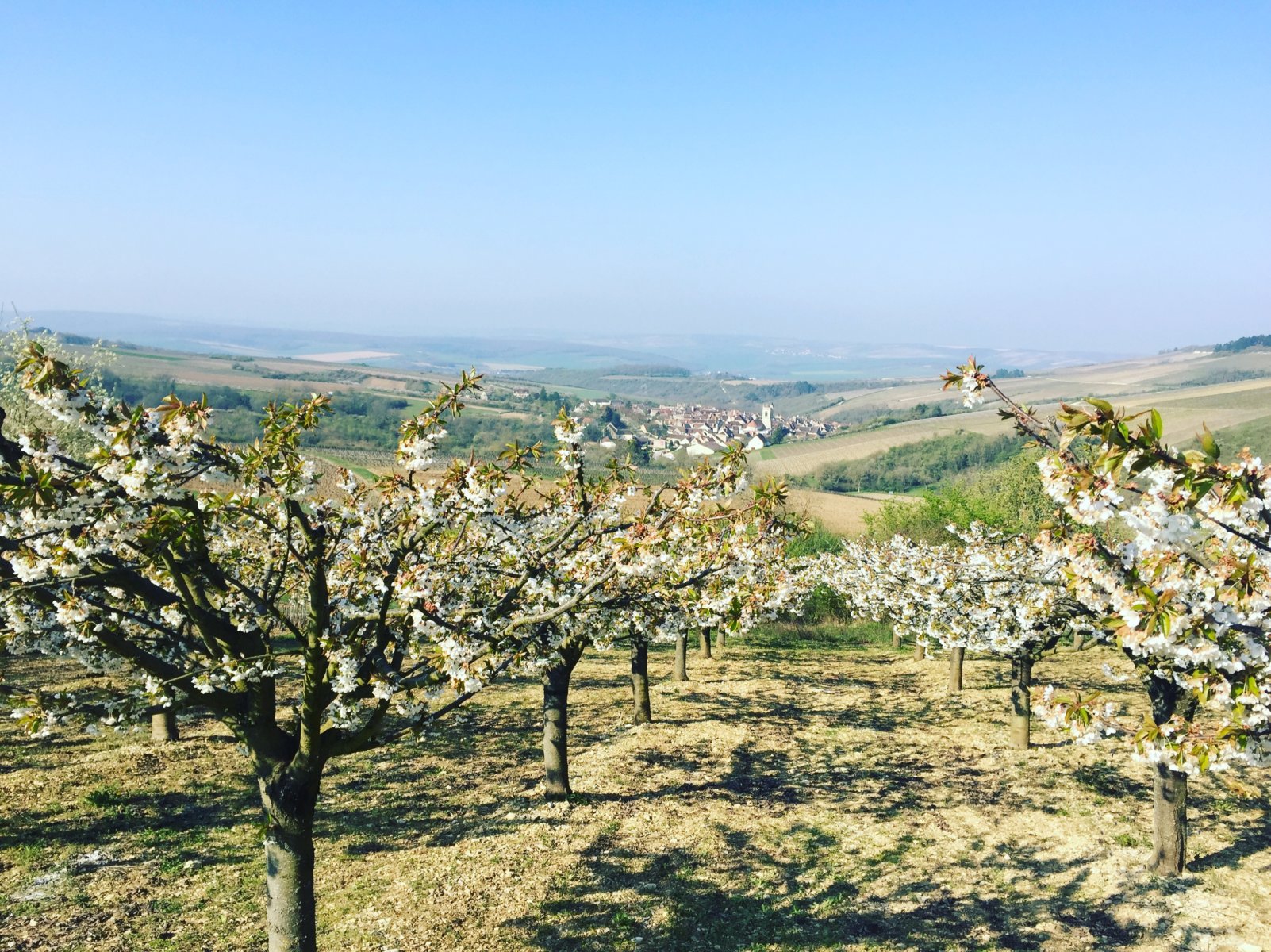
Domaine Eleni et Edouard Vocoret
Eleni, from Greece, met Edouard Vocoret during harvest in New Zealand in 2010, and together set up a tiny domaine in Edouard’s hometown, Chablis. In a part of Burgundy where agrochemical usage is intensive and grapes are often harvested by machine, their approach is more ecological and artisanal: viticulture is close to organic, and the wines mature in old barrels before bottling without fining or filtration. Of course, there’s no grand cru in the cellar: just delicious wines, with more texture and character than plenty of grander appellations can muster.
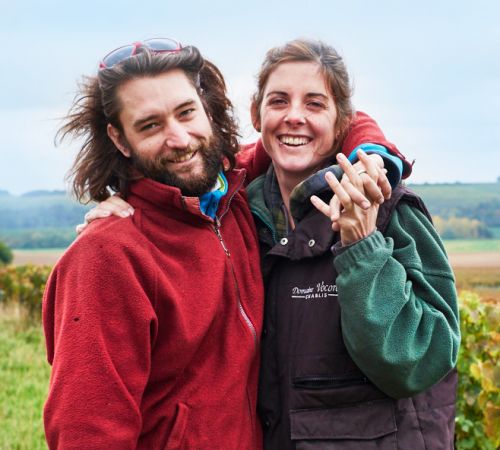
Domaine Charles Audoin
Long in the shadow of its famous near-neighbor Gevrey-Chambertin, Marsannay only won an appellation of its own comparatively recently. Now, it’s well on its way to having some premiers crus too; but for the time being, prices for the village’s best wines remain ludicrously low for the quality in the bottle. Winemaker Cyril Audoin of Domaine Charles Audoin is one of my favorite producers, producing beautifully balanced, age-worthy wines that emphasize the perfume and satiny sensuality of great Pinot Noir, and seeming to excel no matter the vintage conditions. His white wines are lovely, too.
Domaine Anne-Marie & Jean-Marc Vincent
Like Marsannay, situated at the northern extreme of the Côte d’Or, the town of Santenay, located close to its southern limit, is similarly neglected. Prosperous in the 19th century, when it was even privileged with a casino, times have hardened since, and Santenay’s wines are often described as “rustic” and chewy. That this is very far from fair is proven by what Anne-Marie and Jean-Marc Vincent have achieved in the last two decades. Theirs is some of the most innovative farming on the Côte d’Or, with more and more high-density plantings, and vines that aren’t trimmed during the growing season, and their winemaking is more and more refined. In a more famous village such as Puligny-Montrachet, they’d be world famous, but in Santenay, they remain something of an insiders’ secret—at least for now.
Domaine Dureuil-Janthial
Vincent Dureil is another grower who has smashed glass ceilings in the last two decades. Many commentators have tended to consider Rully in the Côte Chalonnaise, south of the more famous Côte d’Or, as a source of cheap quaffing wines. But since Vincent took over his family estate in 1994, he has won a reputation as a great farmer and winemaker among his peers, with the press eventually following suit. Working essentially organically in the vineyards (though he no longer seeks official certification) he’s also talented in the cellar, producing spicy, vibrant Pinot Noir and enveloping, complex Chardonnay that embarrass many of their “grander” cousins from prestigious villages such as Meursault or Pommard. As the world takes notice, the only challenge is finding his wines!
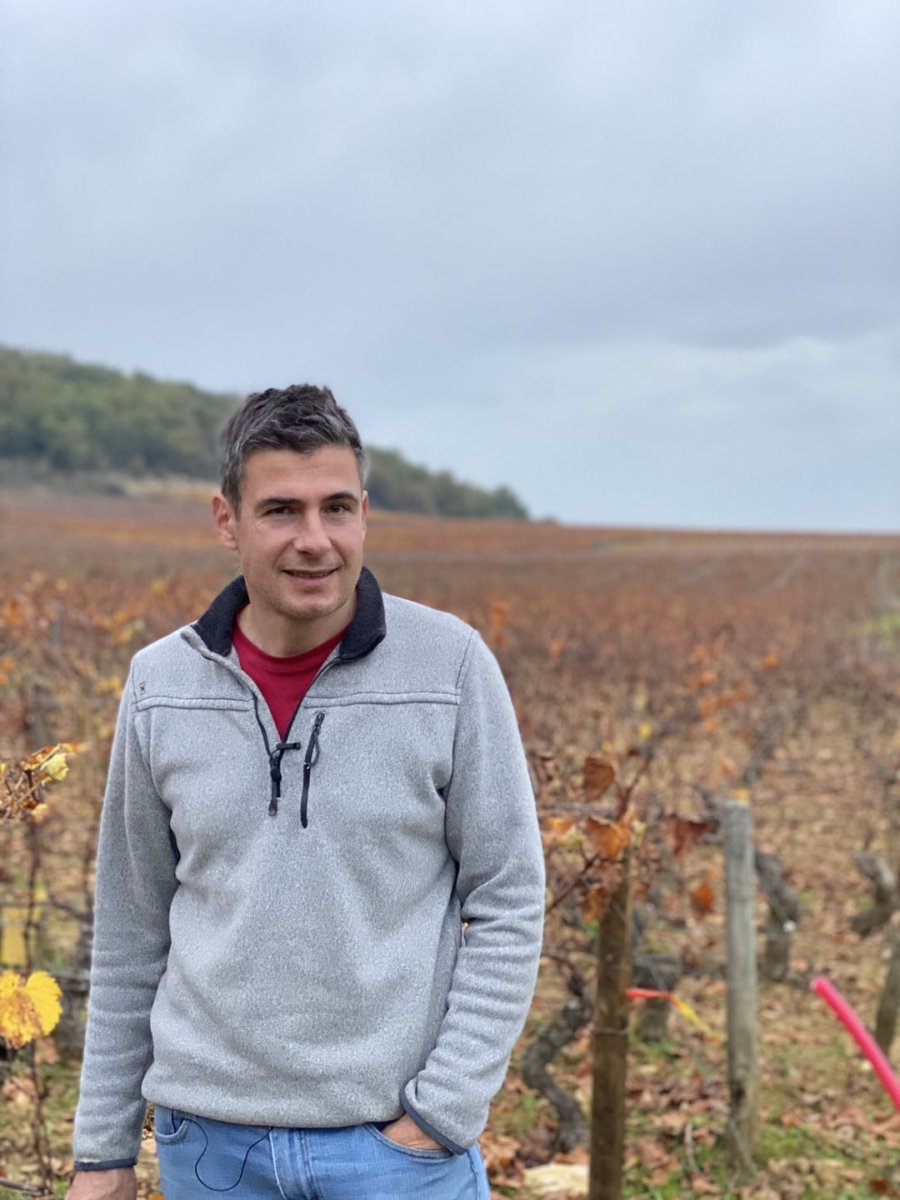
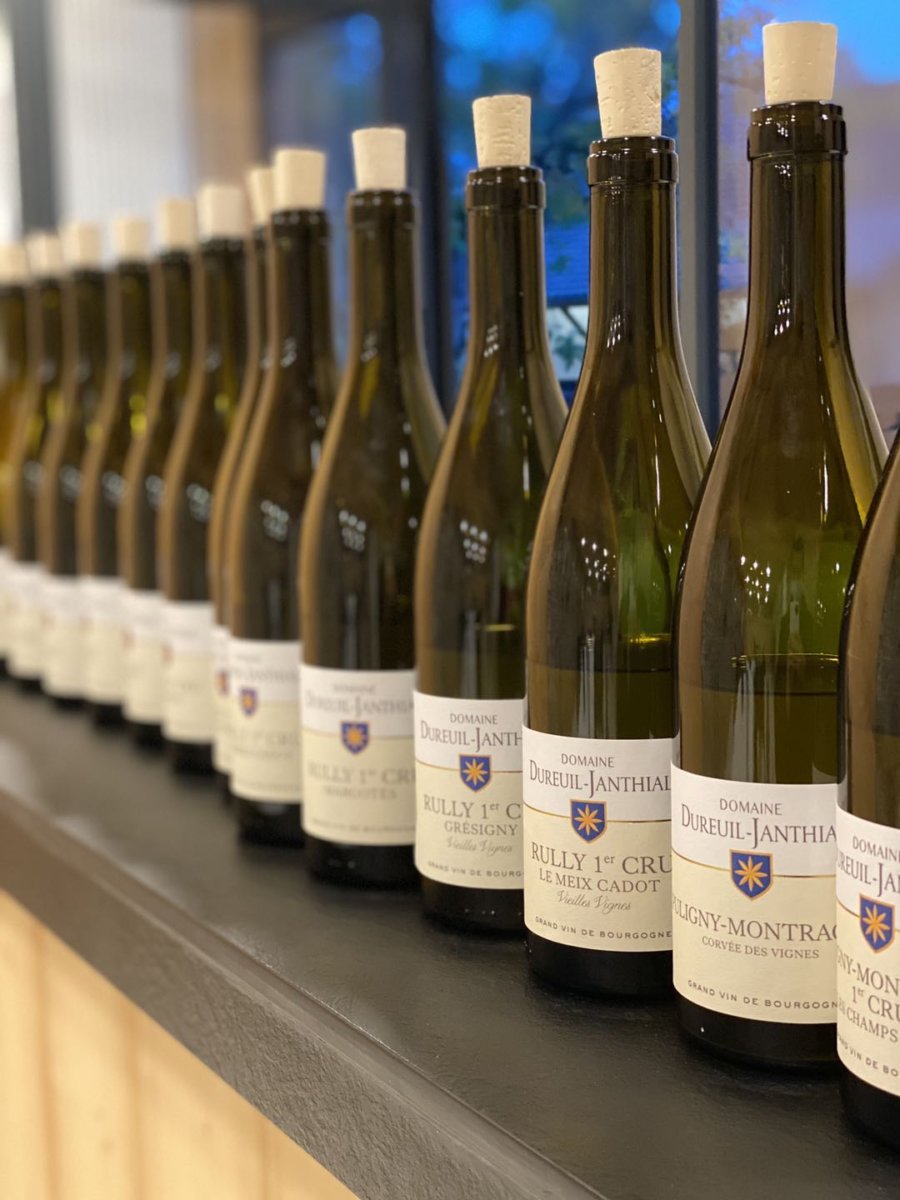
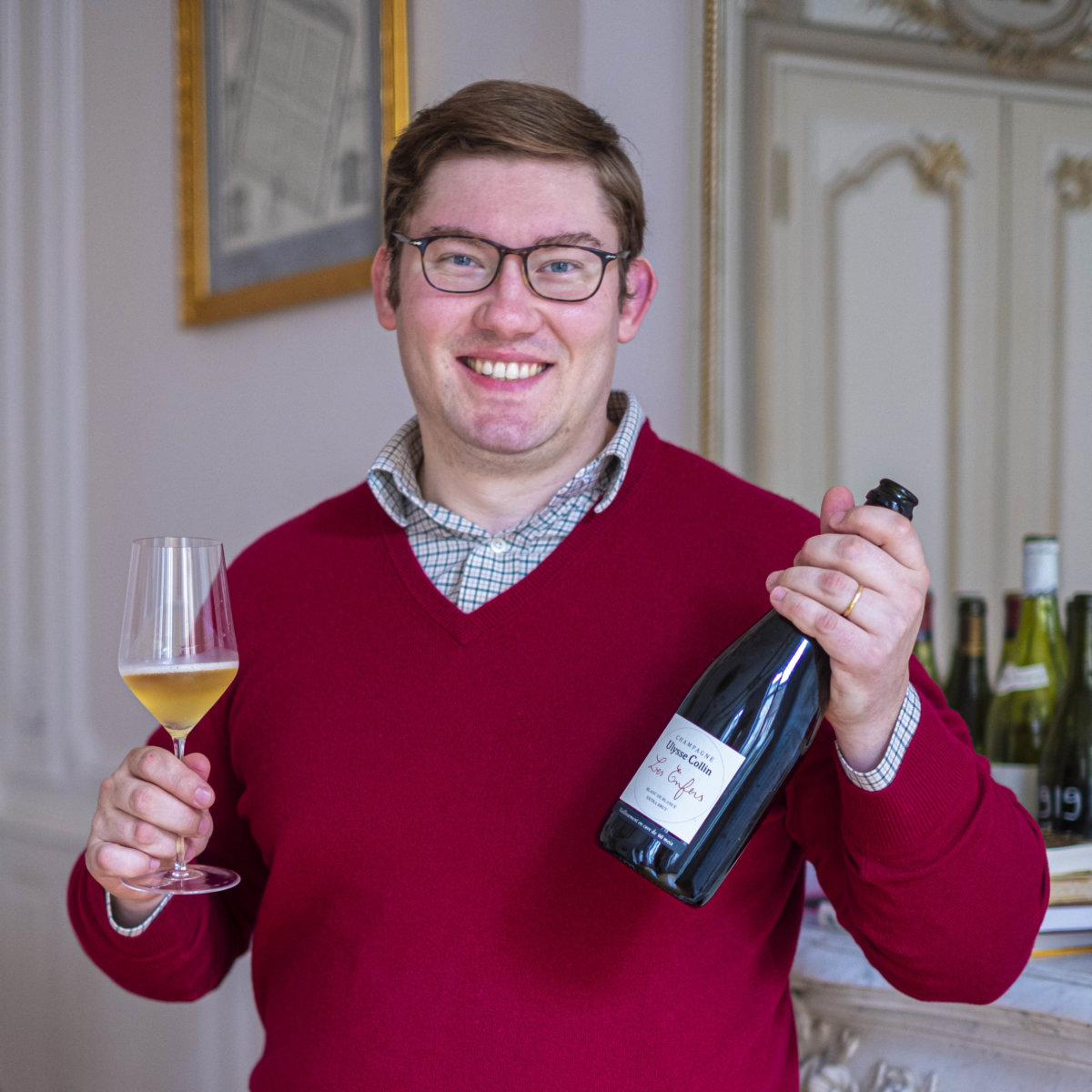
Dr. William Kelley developed a love of wine while studying at Oxford, where he presided over the University’s prestigious Wine Circle for three years, while completing a doctorate in history. After a stint covering Burgundy for Decanter Magazine and working harvests in both California and the Côte d’Or, he made the happy move to a respected wine publication The Wine Advocate at RobertParker.com in 2017. Today, he lives in Beaune, France with his wife and two children and reviews the wines of Burgundy, Champagne, Madeira and English Sparkling Wine. He also produces some wine of his own in Burgundy and California.
